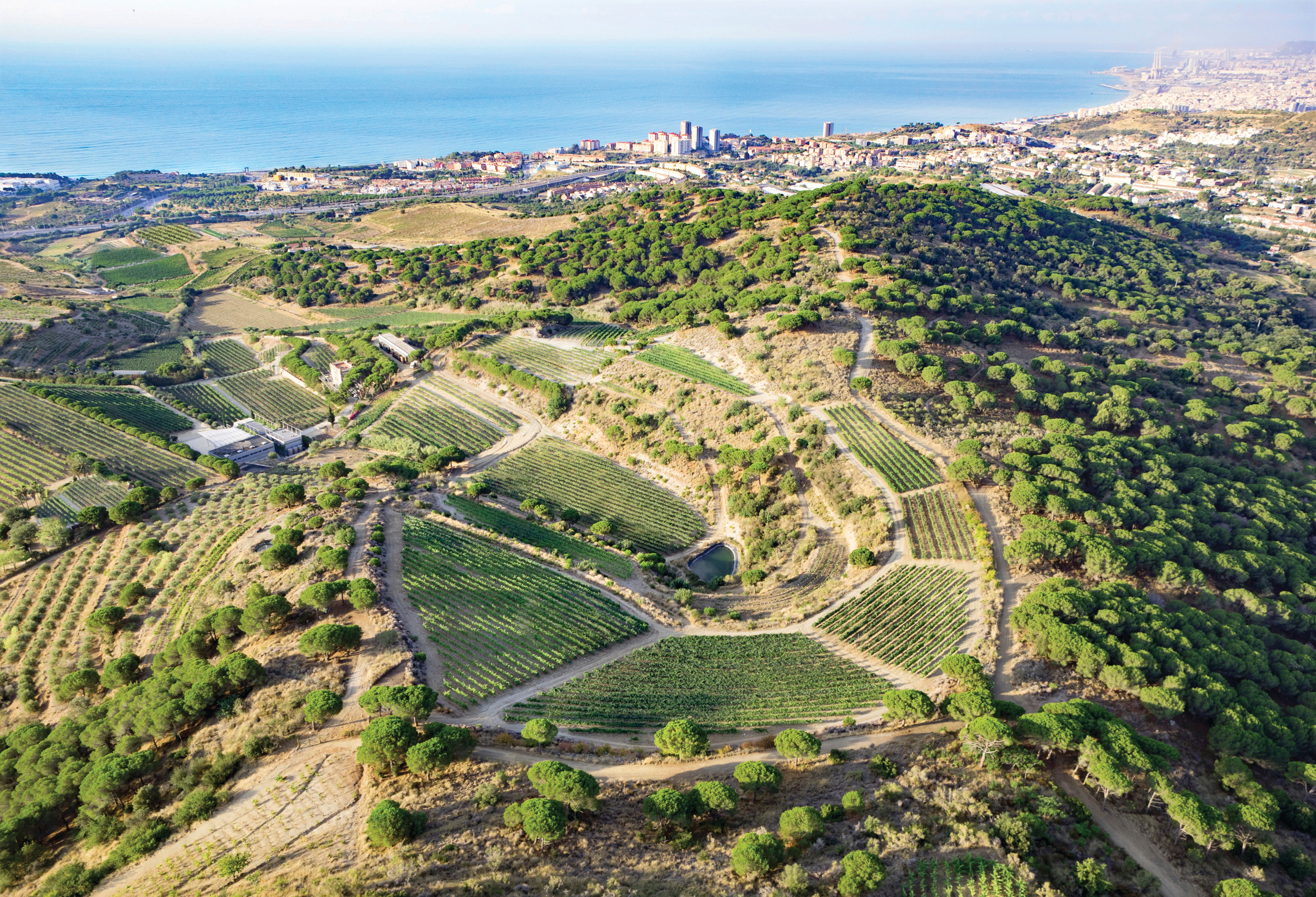Spanish sparkling wine, Cava, has fired an opening salvo in what is going to be a sustained charm offensive to bring greater recognition – and respect – for the wine
Cava’s bid to transform its reputation was launched in November with a conference in Barcelona that attracted some of wine’s most eminent figures. From pruning guru Marco Simonit to the ebullient Spanish critic Pedro Ballesteros, a host of international journalists from 10 different countries, renowned sommeliers, restaurateurs and academics, attended the two-day event with the subtitle, ‘Journey to the excellence of Cava’.
While the message from the podium was relentlessly positive – ‘If Celler Can Roca were a wine, it would be Cava’, Josep Roca of the Michelin-starred Girona restaurant said, and El Bulli Foundation’s Ferran Centelles waxed lyrical about the sound of a Cava cork being released – ‘Cava’s “puff” is unique’ – it was backed up by hard science.
Cava has two strategies, Javier Pagés, president of the DO regulatory body, the Consell Regulador, said. It will aim the wines at both ‘consumers who just want quality’ and ‘consumers who want quality sparkling wine with a story and a personality, an origin and capability of long ageing’.
The DO is determined to express the complexity of Cava, the integrity of its production, the multitude of differing terroirs from which it comes, its ageability, its food-friendliness.
It is one of the largest DOs in Spain, with 38,000ha of vines; first produced in 1872 as xampan by José Raventós, it was named Cava in 1928. Penedès in the north-east of Spain produces 95 percent of Cava, but it can also be made in Aragón, the Basque Country, Extremadura, Rioja, Navarra and València. In Rioja, for example, the renowned Bodegas Muga has a Cava, sold in the UK via the Wine Society.
Cava must be produced by the traditional method; international varieties such as Pinot Noir and Chardonnay are allowed but the ‘holy trinity’ (as the DO says) are Macabeo, Xarel-lo and Parellada. In 2022 the DO introduced new quality levels, Cava de Guarda and Cava de Guarda Superior, and new zones and sub-zones (‘Origins are important to consumers’, says Pagés). At the top sits Cava de Guarda Superior de Paraje Calificado, which must be aged for at least 36 months.
The audience learned about the traditional method techniques of Cava, the varied terroirs (the conference included deep-dive visits to top Cava producers around Barcelona), and the complexities of the Cava DO system.
Sarah Jane Evans MW, one of the organizers of the conference, along with Jamie Goode and other journalists and influencers, discussed how Cava is seen in the international media.
Goode suggested that Cava is coming into its own. ‘It used to be seen as a budget alternative to champagne. But things have changed, and now Cava has escaped that shadow and has its own place in the sparkling wine ecosystem.’
But the verdict of other panellists and delegates suggested Cava has a long way to go before it takes its place alongside the finest sparkling wines of the world. Part of the problem, as Evans said, is that Spanish wine is so often ‘communicated as good value’.
Indeed, the Wine Society’s Pierre Mansour told Vinosity he considers it ‘arguably the best value traditional-method sparkling wine in the world’. It sells three styles, all under £15, and it’s one of the Wine Society’s top 10 most popular wines. Mansour also said that Society members had ‘a low expectation [of the wine] to start with’.
And therein lies the problem: all the conversation is about how cheap Cava is, and not about the complexity of the wine, its varied terroirs, its capability of ageing. ‘People have to understand the place,’ said Evans.
Whether Cava can shake the image of value Spanish sparkling on a level with Prosecco, only time will tell. Top sommeliers such Agustín Trapero of the Four Seasons, Madrid, are doubtful: ‘Guests don’t come and ask for a glass of Cava.’
The British, seduced by the price and accessibility of Prosecco, are even harder to convince. ‘In general, in the UK they know nothing about Cava. They think it’s just cheap Spanish fizz,’ said export consultant Cecilia Puebla, pouring wines from Dominio de la Vega in Valencia.
But at the same time, where Cava is taken seriously – such as at London’s Michelin-starred Spanish restaurant Sabor – ‘86 percent of customers ask for it,’ said founder Nieves Barragán.
Long-established as it is, its quality in no doubt (as the numerous tastings from more than 50 producers demonstrated to delegates), Cava’s mission has only just begun. ‘We have a long way to go,’ Pagés said in his final remarks. ‘I am not closing this meeting, but opening the conversation.’





